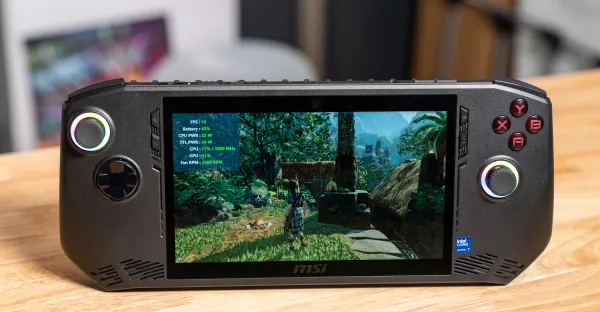iFixit says Nintendo Switch 2 Joy-Cons have same drift problem
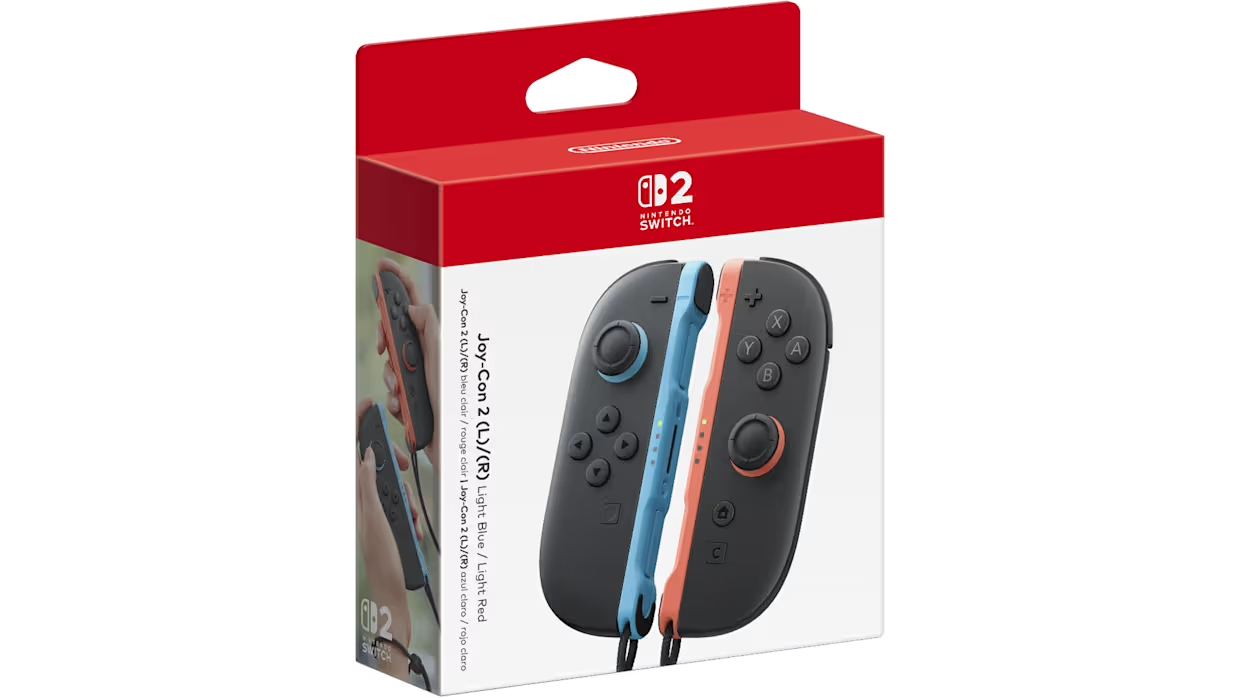
Let's hope it doesn't happen again.
iFixit recently tore down the new Nintendo Switch 2 Joy-Cons (Joy-Con 2) in a short video and found that they are using essentially the exact same potentiometers as the original Joy-Cons from the first Nintendo Switch. This could mean that the new Joy-Cons are just as prone to stick drift as the original ones.
Why does this matter and what does it mean? Basically, on a game console controller, the thumbsticks detect movement by using potentiometers to sense movement. A wiper moves on a resistive layer to detect changes in voltage (changes in electricity) to sense where it is using two different wipers for each axis (side to side and up and down). However, these wipers can rust and get dirty, causing what is known as joystick drift. This is where the potentiometers detect movements where there aren't any.
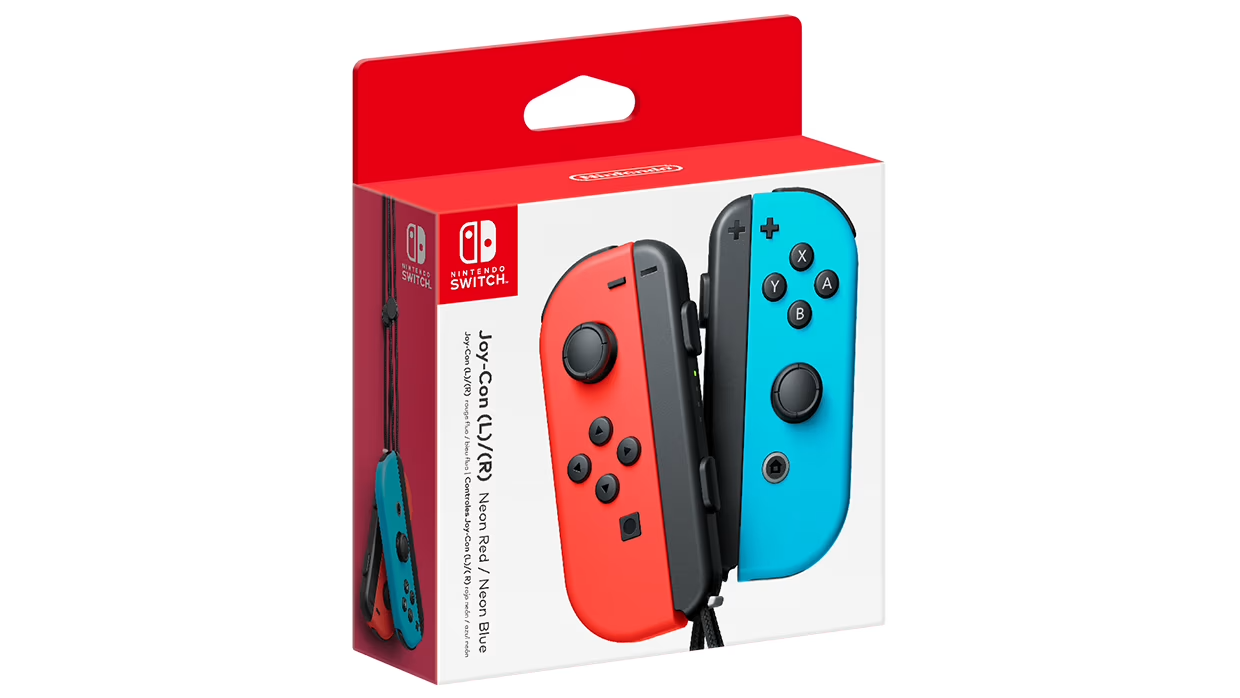
Joy-Cons have been known to have awful joystick drift because they used very cheap potentiometers on the Joy-Cons. Also, the joysticks on the Joy-Cons are much smaller than on other controllers because they are meant to slide onto the Nintendo Switch itself. This means that there needs to be even more accuracy than a normal joystick would need because there is less room. But, this means that there is also a lot more margin for error.
Recently, companies have been implementing something called "hall effect" joysticks. Essentially, these joysticks have a magnet on the part that moves and a sensor and a chip on the two axes. The sensors detect how strong the magnetic field is and then interprets those signals into movement. The great thing about hall effect joysticks is that the magnets wear off significantly less than potentiometers do because they don't rely on physical contact. This is because the magnetic field doesn't change or get affected nearly as much as the metal on the potentiometers do, and there is no physical surface to wear off or get damaged like with the original Joy-Cons.
The issue with the Joy-Con 2 on the Nintendo Switch 2 is that, instead of slotting into the Nintendo Switch by sliding on, like the old ones do, they use magnets in the shoulder buttons and on the side of the Joy-Cons to snap into place. Because they need the magnets to be strong enough to hold onto the Switch 2 well, these magnets could interfere with hall effect joysticks if they were implemented. This could cause other problems and cause the sensors in the joysticks to detect movement when there isn't any. As you can probably tell, this is similar to what would happen with joystick drift, but it could happen immediately, instead of slowly over time.
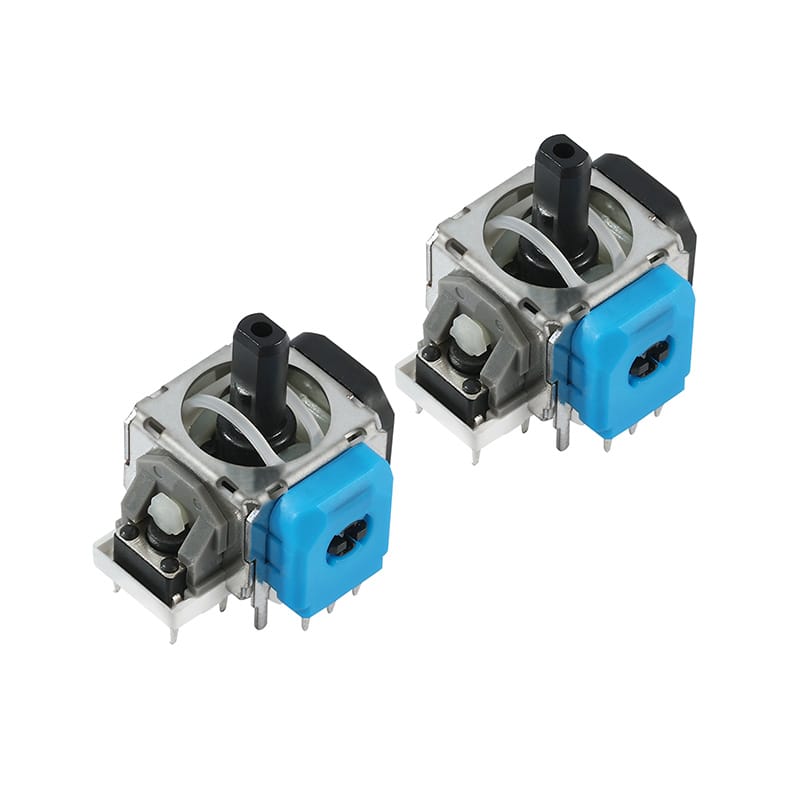
But, a new kind of technology called TMR joysticks are on the horizon. They use ferromagnetism and electron tunneling to detect an output. It sounds extremely complicated, but it is easier to understand than it sounds. Basically, tunneling is the idea of electrons moving where they shouldn't. In these joysticks, there is a small insulator to block any tunneling. However, it is small enough that electrons do end up moving to the other side of the insulator. A sensor and a chip detects how many electrons are moving across the insulator and calculates that on both axes to create a movement output.
While electrons can be influenced by a magnetic field, these TMR joysticks are often not nearly as prone to being affected by the magnets in the Joy-Cons. However, despite this, iFixit did not find TMR joysticks in the new Joy-Con 2, just potentiometers like the old Joy-Cons.
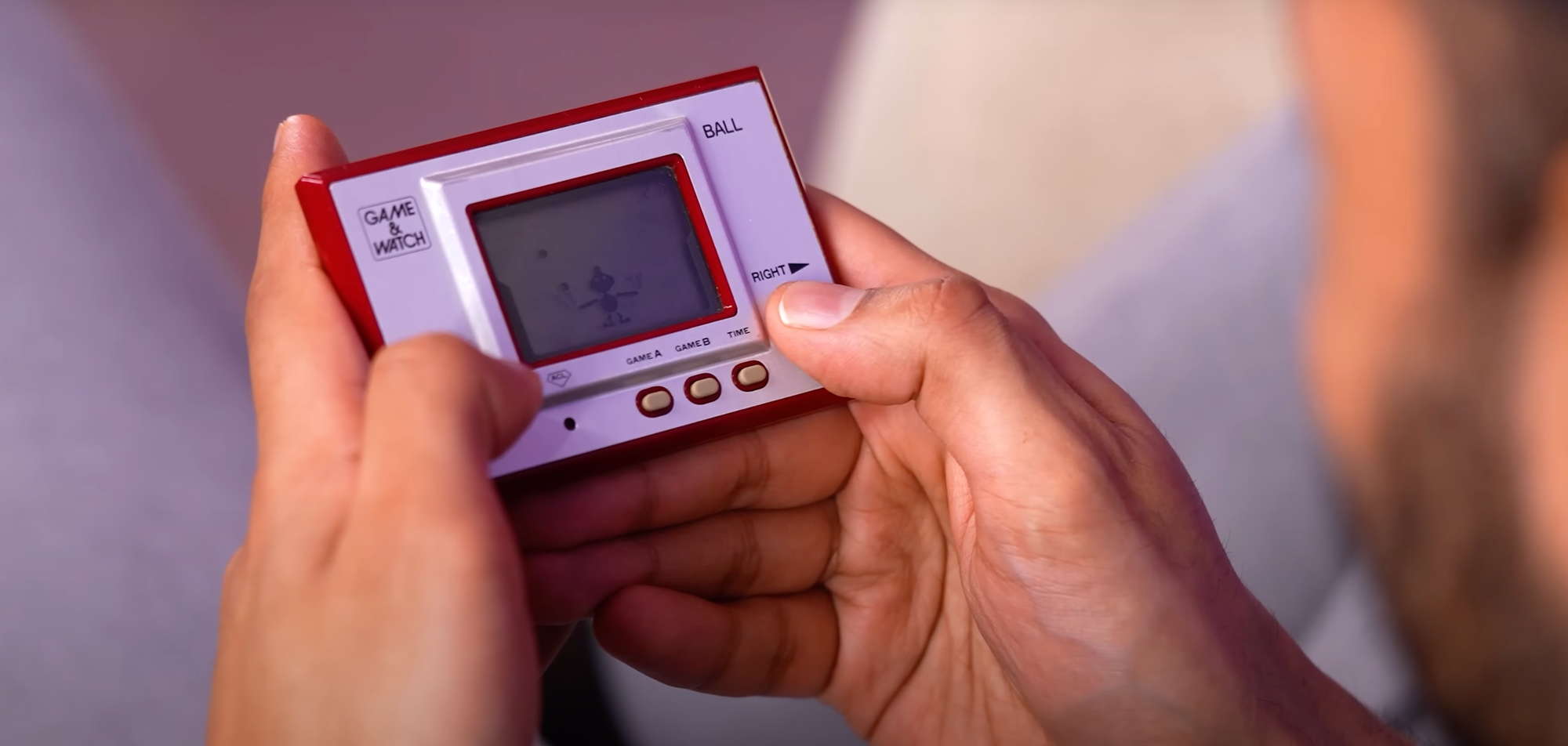
Some people might ask why Nintendo didn't use the best technology when they know it is available and becoming cheaper to implement, but there is a somewhat good reason behind this. Nintendo has always followed the philosophy of making things fun instead of powerful. This idea is called "Lateral Thinking with Withered Technology." This is why the original Nintendo Switch was using a mobile chip that was 2 years old and not very powerful even when it was released in 2017. In fact, Nintendo's original handheld console, the Game and Watch, was based on a calculator. Nintendo believes that if they can make a console and games that is well optimized for using cheaper, slower hardware, then they can sell more units and still let users have a great time.
It is sad though, that this decade-long issue of Joy-Con drift is still not being fixed. But, hopefully with the next Switch (or with the Switch 2 OLED), they can fix this issue. We will have to see what they do soon.

